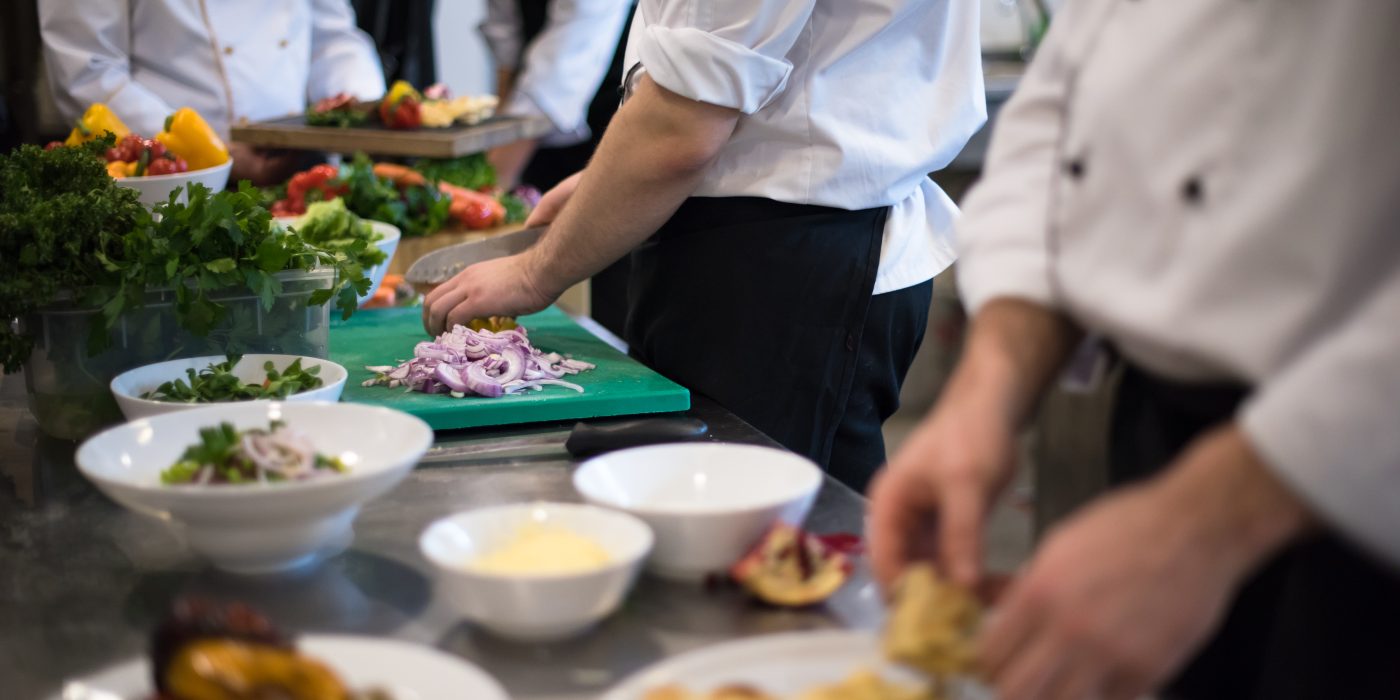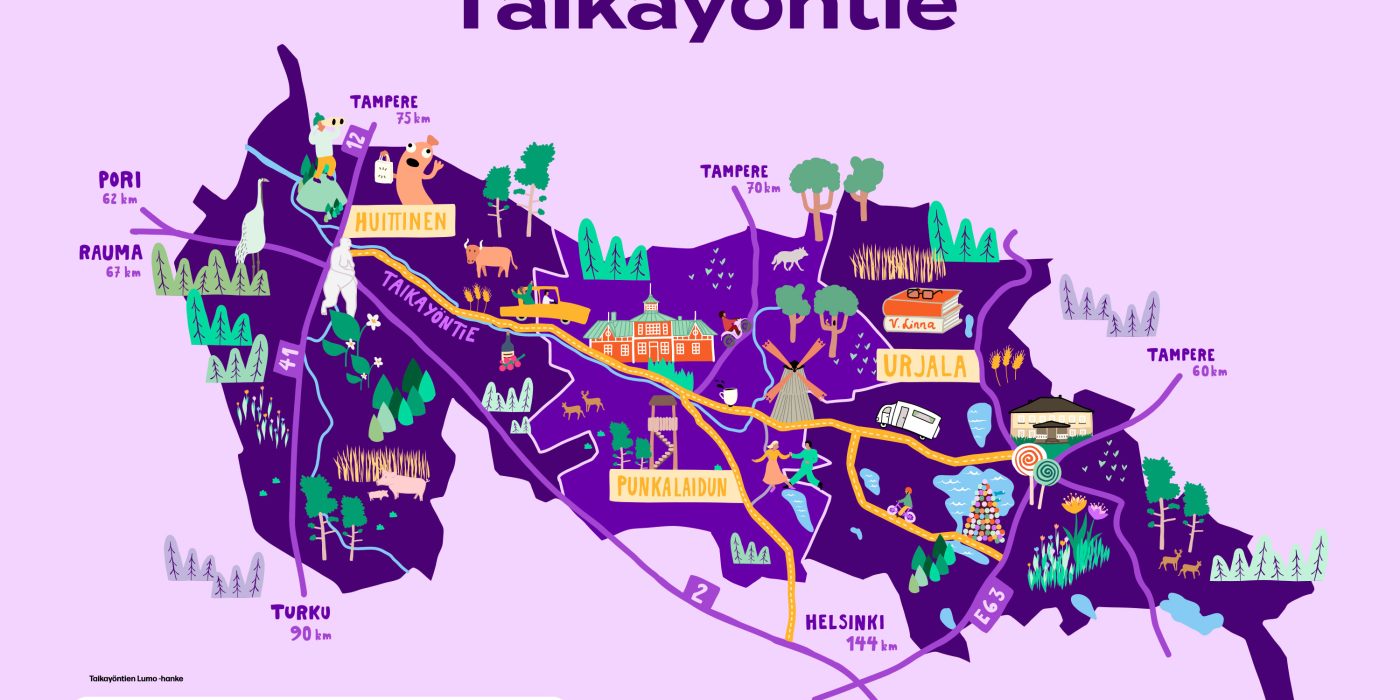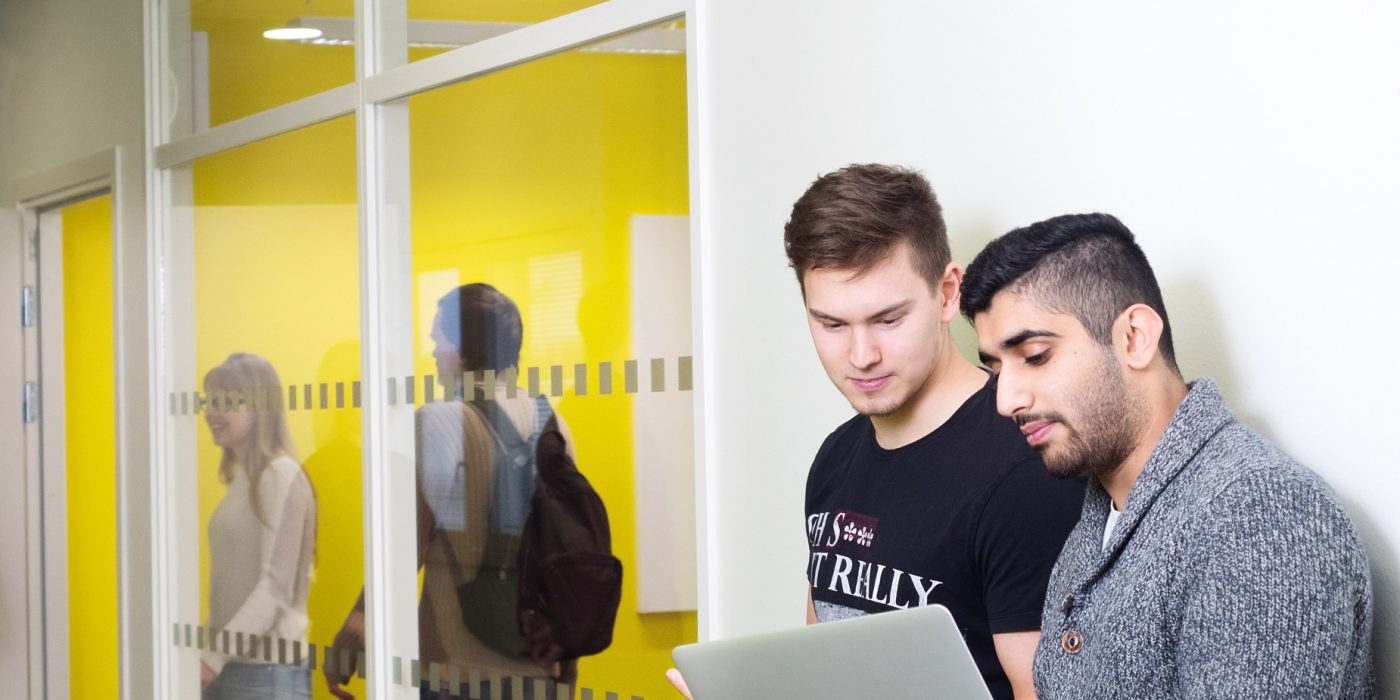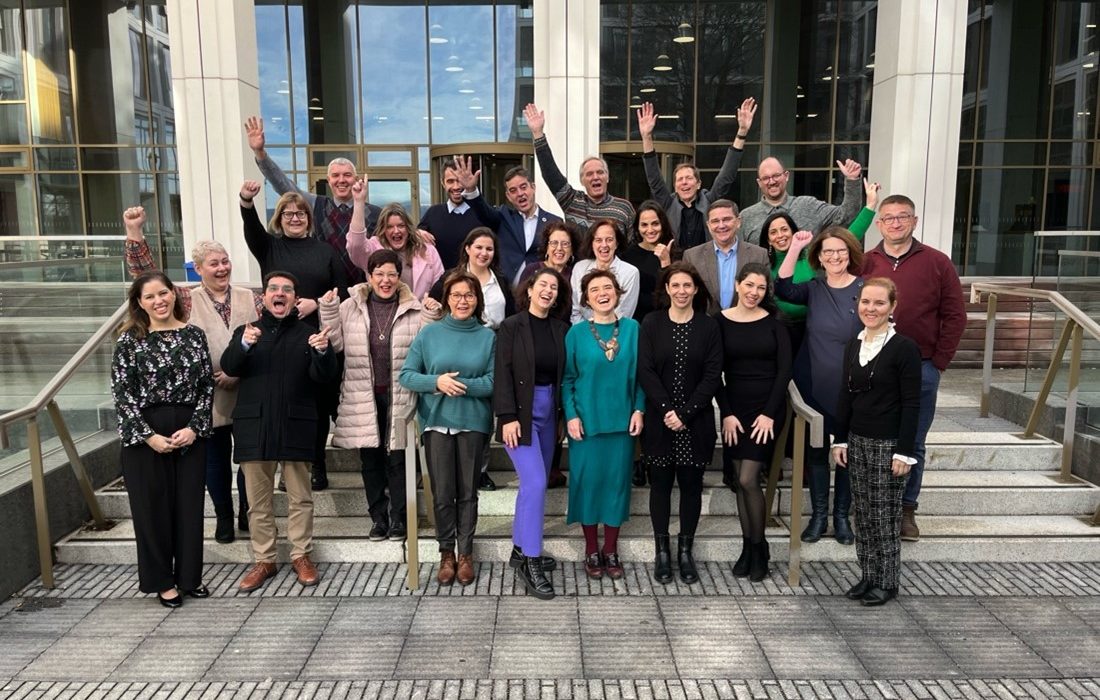A restaurant that embraces circular economy makes good for the environment and the community
The Ce4Re project in the Central Baltic area, managed by Satakunta University of Applied Sciences, aims to inspire restaurants to integrate circular economy practices into their operations.
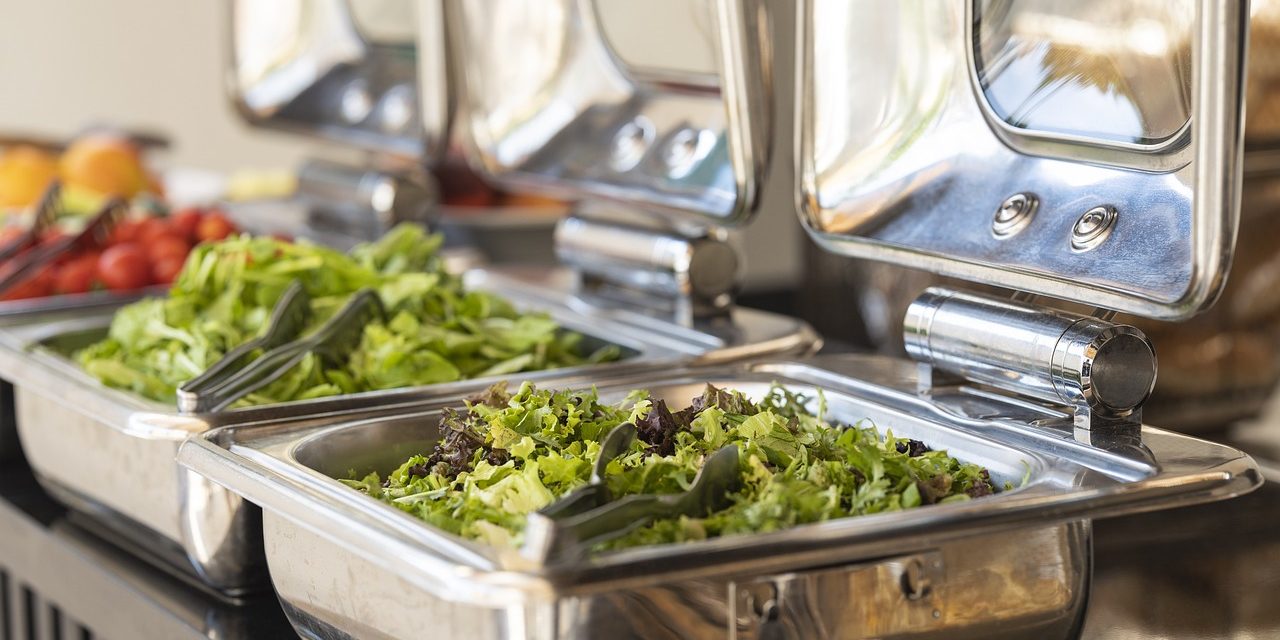
The circular economy is seen as a possible solution for reducing the environmental impact of restaurant operations. It supports restaurants in promoting sustainable business practices and more efficient use of resources. The major challenge for the coming years is to find ways to increase the sustainability of food production and consumption throughout the food chain, from farm to table, and to reduce food waste.
The restaurant sector is working in a variety of ways to reduce food waste. One example is the ResQ app, which focuses on the sale of surplus food in restaurants and cafés and sells products to consumers at a discount of around 50%.
– We are investing in making our staff even better at selling surplus food through the app. It's a daily lifesaver for customers and an additional sale for us. We've already made a lot of progress in selling surplus food, say Laura Avikainen and Seppo Aronen from FresCo Restaurants, which is involved in the project.
In reducing food waste, social sustainability also goes hand in hand with environmental sustainability.
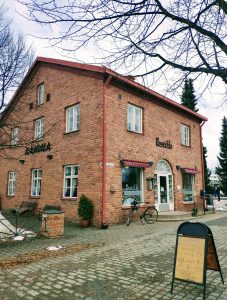
– Surplus products are distributed to the local church, the Red Cross and the youth workshop. They recycle the products or redistribute them to those in need, says Elina Kivikoski of Café Postelli.
Other preventive measures include anticipating food preparation quantities and proactive menu planning. In this way, waste can be prevented, for example by standardising menus and using the same ingredients in different portions of the menu. Accurate ordering of ingredients and sustainable procurement procedures are key to reducing not only food waste but also the high levels of packaging waste.
– Cooperation with suppliers is essential. They bring the ingredients in reusable transport boxes. There is no packaging waste, as the transport boxes circulate. When ordering, it is also important to take into account the size of the packaging, ordering enough so that there are no unnecessary surpluses of ingredients, Avikainen and Aronen continue.
In the restaurant sector, however, the circular economy is not just about preventing and reducing food waste. Different materials can be reused and recycled in many ways.
– A key idea is to decorate a café using existing materials. The sofas and chairs are recycled, giving them a new life in the café. The tables are made from recycled materials using the legs of old Singer sewing machines. The café also has a rich collection of Arabian coffee cups and old Finnish design is used for serving dishes, says Kivikoski.

